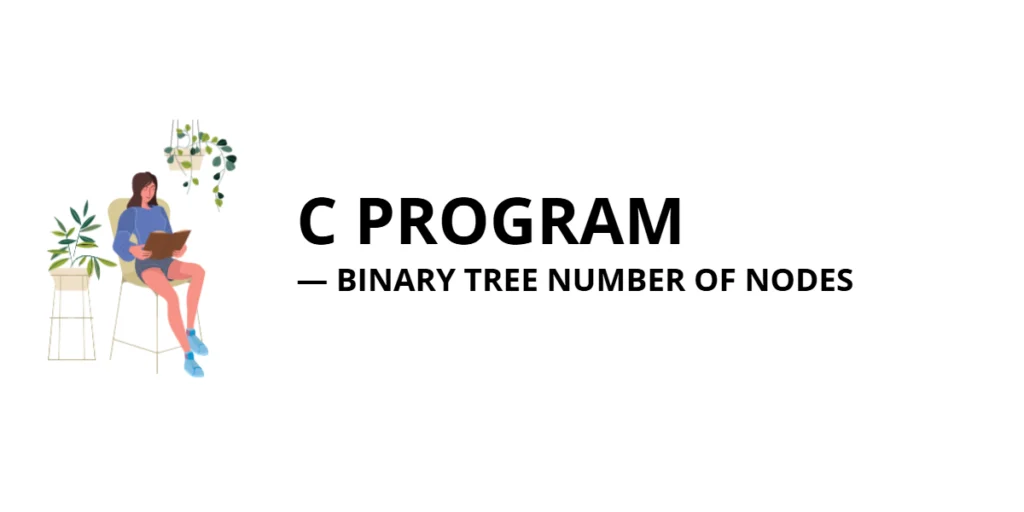C Program to Find All-Pairs Shortest Paths Using Floyd-Warshall Algorithm
The Floyd-Warshall Algorithm is a dynamic programming-based graph algorithm used to find the shortest paths between all pairs of vertices in a weighted graph. It can handle negative edge weights but not negative cycles. This algorithm is widely used in networking, route optimization, and transitive closure problems due to its simplicity and efficiency for dense […]
C Program to Find All-Pairs Shortest Paths Using Floyd-Warshall Algorithm Read More »









